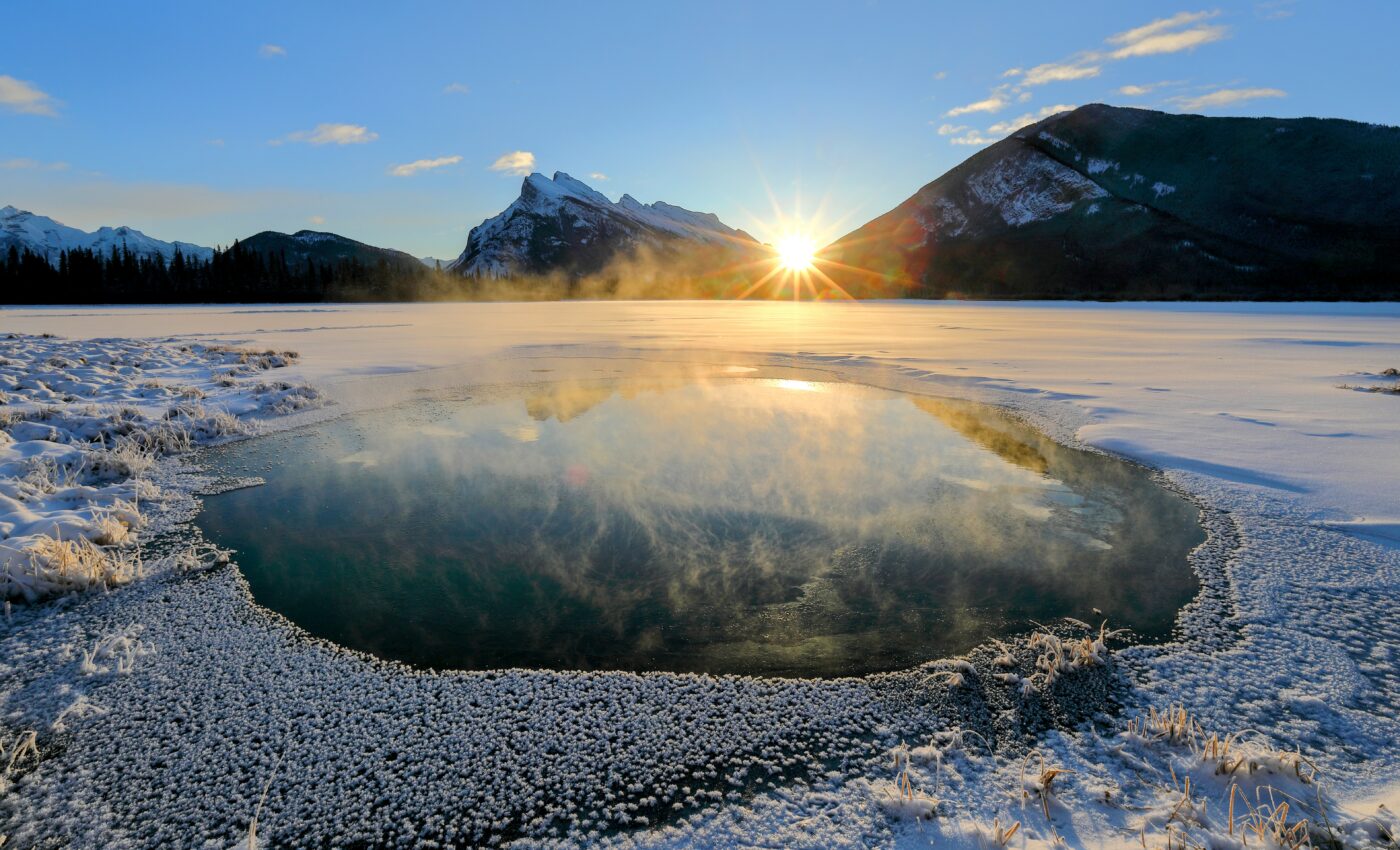
The shortest day of the year has arrived
Today is the winter solstice, which marks the beginning of astronomical winter in the Northern Hemisphere. This is the shortest day of the year, which means that from Wednesday forward, the days are actually going to get longer until the summer solstice in 2022.
The winter solstice is typically not the coldest day of the year. For most places in the United States, there is a lag between the solstice and the day with the coldest average temperatures.
Meteorologists consider December 1st to be the unofficial start of winter, because it kicks off the three coldest months of the year that make up the season.
During the solstice, the northern half of Earth is tilted its furthest away from the Sun. This positions the Sun’s rays directly over a line of latitude that circles the Earth in the Southern Hemisphere known as the the Tropic of Capricorn.
As a result, the day of the winter solstice has the shortest amount of sunlight. The exact length of daylight varies depending on where you are in the world.
The solstice occurs at the same moment all over the world. This year, it took place at 10:59 a.m. EST on Tuesday, December 21. After this time, the trend of the days growing shorter (and the nights growing longer) reversed itself.
For most places, the winter solstice does not mark the latest sunrise or the earliest sunset. These events typically occur weeks earlier.
Even though the solstices have fascinated scientists for centuries, the question of why the Earth tilts in the first place remains a mystery. Some experts theorize that early Earth was bombarded with extremely violent collisions which caused the tilt.
The winter solstice is celebrated in various ways around the world. It is believed to honor the coming of the Sun’s light and heat, which is often represented in rituals by lighting fires.
Pagan communities were known to celebrate for weeks before the event, while modern Wiccans celebrate the winter solstice by meditating and lighting yule logs.
Prior to the winter solstice, ancient Romans used holly to decorate their homes in honor of the sun god Saturn. The plant was believed to have magical powers that could help protect people from harsh, dark winters with limited food.
Image Credit: NASA
–—
By Chrissy Sexton, Earth.com Staff Writer













